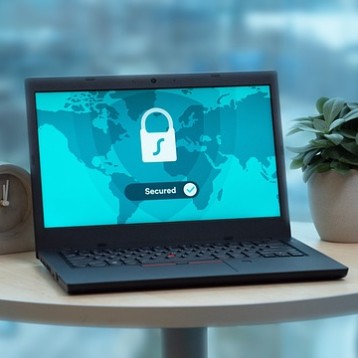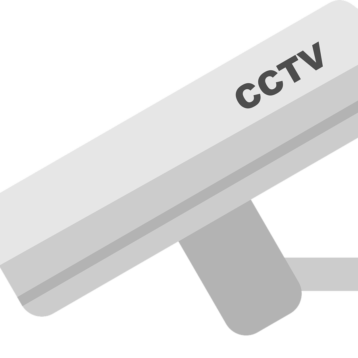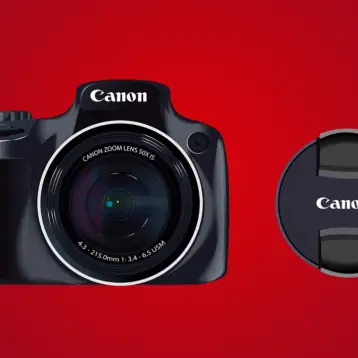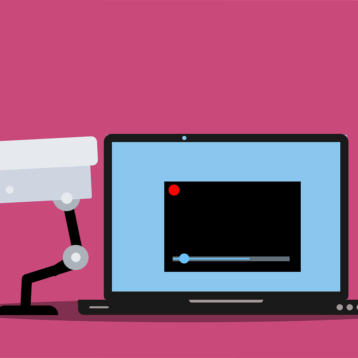Indoor mapping software has emerged as a powerful tool to enhance navigation and positioning within a variety of spaces. One such environment where indoor mapping tools have made a huge impact is hospitals.

In a place where time is of the essence, such digital solutions can significantly improve patient experience and streamline staff efficiency.
However, as we embrace its advantages, it is also crucial to address the privacy and security concerns that can arise while using indoor mapping software in hospitals.
The rise of indoor mapping software in hospitals
Indoor mapping software has revolutionized the way people navigate large indoor spaces. Efficient and quick movement is essential, and that’s where indoor mapping tools become helpful. Using a wayfinding app for hospitals enables patients, visitors, and even medical personnel to quickly locate departments, patient rooms, clinics, and other important areas by using real-time data, interactive maps, and sometimes even augmented reality!
Also Read: Getting Started with GIS Software Testing.
The privacy conundrum
While the benefits of indoor mapping software are clear, the collection of personal data through these applications raises privacy concerns, and rightfully so.
Hospitals deal with sensitive patient information daily, and any technology that involves data collection must be handled with utmost care.
When users interact with indoor navigation apps, they share location data and movement patterns, which can potentially be misused or accessed by unauthorized people.
Protecting user privacy

To ensure the privacy of patients, visitors, and staff, hospitals must prioritize robust privacy measures when implementing indoor mapping tools. Here are some essential steps to consider when setting up indoor navigation tools in the healthcare landscape:
- Anonymization of data: Hospitals must implement mechanisms to anonymize the data collected through such apps. The data that is collected from users should be stripped of any personally identifiable information, ensuring that their movements cannot be traced back to their identities.
- Consent and transparency: The apps should have a pop-up or a form to obtain explicit consent from users before collecting their data. This could be in the form of a clear privacy policy presented during the app installation.
- Data encryption: Encryption adds an extra layer of security, making it significantly harder for unauthorized parties to access sensitive information. So, it is important to ensure that the apps utilize strong encryption protocols to protect the data during transmission and storage.
- Limited data retention: Hospitals should establish policies for data retention, ensuring that data is not stored in the mapping software for longer than is necessary. Regularly purging old data reduces the risk of potential security breaches.
- Securing the system: Beyond privacy concerns, the security of the indoor mapping software itself is paramount. Hospitals house critical infrastructure and sensitive patient records, making them easy targets for cyber attacks.
Here is how you can strengthen the security at your hospitals:
- Regular security audits: Conduct frequent security audits and assessments of the software. Identifying vulnerabilities and addressing them promptly prevents potential breaches.
- User authentication: Implement strong user authentication mechanisms to prevent unauthorized access to the app and the underlying data.
- Secure development practices: Adhere to secure software development practices during the creation and maintenance of the app. This includes regular updates and patches to fix known vulnerabilities.
- Access control: Implement strict access control measures to ensure that only authorized personnel can access the sensitive data collected by the app.
Also Read: Ways In Which Robots Help in Improving Hospitals and Health Facilities.
Wrapping up
Striking the right balance between innovation and privacy can be a challenge.
However, if hospitals collaborate closely with technology, they may be able to ensure that the software is equipped with privacy and security features. This can help enhance the healthcare experience and change the way we navigate hospitals.










